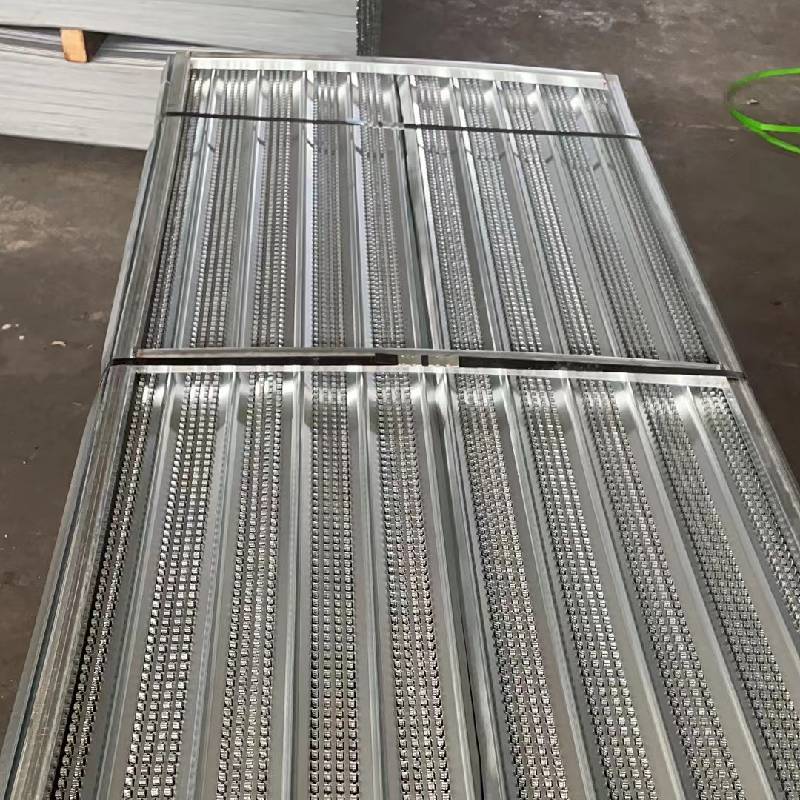
- Mobile Phone
- +8613931874955
- sales@cntcmetal.com
wire wall ties
Understanding Wire Wall Ties Essential Components for Structural Integrity
Wire wall ties play a crucial role in construction and masonry, serving as integral components designed to enhance the stability and longevity of brick and block walls. When it comes to building structures, especially those that bear heavy loads or endure harsh weather conditions, understanding the function and importance of wire wall ties is fundamental for both builders and property owners.
What Are Wire Wall Ties?
Wire wall ties are typically made of galvanized steel and are used to connect two separate masonry walls, such as a brick veneer and its supporting structure. Their primary purpose is to create a composite wall system that enhances structural integrity. By tying these two layers together, wire wall ties help distribute loads evenly, reducing the risk of cracking or failure in either wall.
The Importance of Wall Ties
1. Structural Stability One of the main reasons wire wall ties are used in construction is to ensure stability. In cases where there is a brick veneer, the ties help resist lateral forces that could cause the veneer to lean or collapse. This is especially important in areas prone to high winds, earthquakes, or other environmental stresses.
2. Moisture Management Wire wall ties assist in drainage and moisture control. Properly installed ties create a small gap between the walls, allowing any moisture that penetrates the outer layer to drain away instead of being trapped. This reduces the likelihood of mold growth and structural damage due to water retention.
3. Ease of Installation Wall ties are generally easy to install, requiring minimal tools and materials. Their installation can be incorporated into the wall construction process, making them a cost-effective solution for builders.
4. Longevity The use of galvanized steel in wire wall ties ensures they resist rusting and corrosion, contributing to the overall durability of the structure. This longevity is particularly vital for buildings subjected to changing weather conditions.
wire wall ties

Types of Wire Wall Ties
Wire wall ties come in various shapes and configurations, depending on the specific needs of the construction project. The two most common types are
1. Flat Wall Ties These ties are simple, flat strips of galvanized steel used for standard brick-to-block connections. They are usually installed horizontally at consistent intervals along the height of the wall.
2. Diagonal Wall Ties These ties are used in situations where additional strength is necessary, as they can help distribute stress more evenly. Diagonal ties are often employed in taller structures or those exposed to significant lateral forces.
Installation Guidelines
To ensure that wire wall ties function effectively, proper installation is essential. Here are a few guidelines
- Spacing Ties should be spaced according to the building codes or best practices, typically every 16 to 24 inches vertically and at least every third course of brick horizontally. - Integration with Mortar Each wire tie should be embedded into the mortar joint of both the brick and the structural wall for secure attachment. - Alignment Ties must be level and correctly oriented to ensure they provide the intended structural support.
Conclusion
Wire wall ties are unsung heroes in the construction and masonry world, providing essential support and stability to structures we rely on daily. Their importance cannot be overstated, particularly in modern building practices that prioritize safety and durability. By understanding their function and installation, builders can ensure the longevity and integrity of their projects, ultimately leading to better structures that stand the test of time. The next time you see a beautiful brick wall, consider the vital role that wire wall ties play in keeping it safe and sound.
share:
-
Your Source for Concrete Wall Ties and Masonry AccessoriesNewsJul.10,2025
-
Unlocking the Power of Iron Wire for Every ProjectNewsJul.10,2025
-
Explore Advanced Chain Wire and Stainless Steel Mesh FencingNewsJul.10,2025
-
Discover the Benefits of Annealed Wire ProductsNewsJul.10,2025
-
Discover China Stainless Steel Wire Mesh SolutionsNewsJul.10,2025
-
Build with Confidence Using High-Performance Masonry AccessoriesNewsJul.10,2025
-
Why Sacrificial Formwork Is Redefining Underground ConstructionNewsJun.06,2025



















